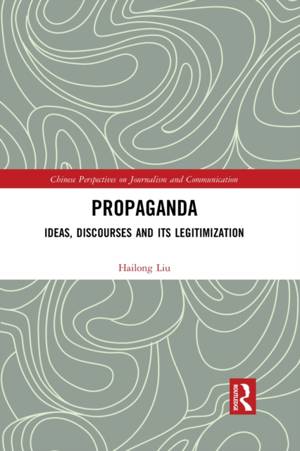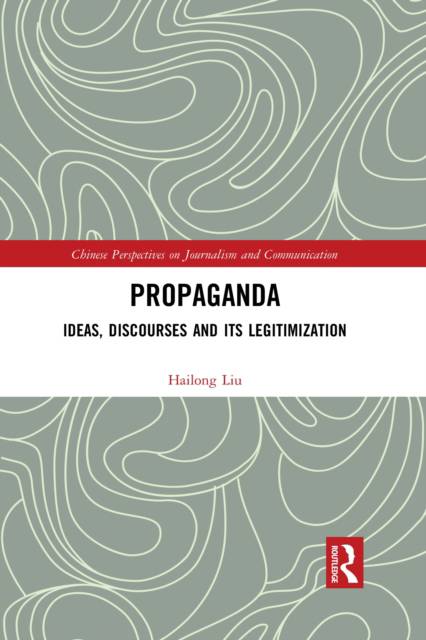
Je cadeautjes zeker op tijd in huis hebben voor de feestdagen? Kom langs in onze winkels en vind het perfecte geschenk!
- Afhalen na 1 uur in een winkel met voorraad
- Gratis thuislevering in België vanaf € 30
- Ruim aanbod met 7 miljoen producten
Je cadeautjes zeker op tijd in huis hebben voor de feestdagen? Kom langs in onze winkels en vind het perfecte geschenk!
- Afhalen na 1 uur in een winkel met voorraad
- Gratis thuislevering in België vanaf € 30
- Ruim aanbod met 7 miljoen producten
Zoeken
Omschrijving
Propaganda is subjective information primarily used to influence an audience and further a political agenda. In China, it has a long history but has been most effective in modern society. What exactly is propaganda? Why does it exist and why does the public tolerate it? The book answers these questions by tracing back to the emergence and development of integrated propaganda and scientific propaganda. On this basis it focuses on the emergence of propaganda concept in China, the establishment of Kuomintang and the Communist Party of China's propaganda concept, intellectuals and propaganda, the debate on the propaganda concept in China after 1949 as well as the emergence of Propaganda 3.0 that coordinates integrated propaganda and scientific propaganda. Setting propaganda in the framework of modernity, the book explains how various groups have legitimatized propaganda since the 20th century. From a reasonable and neutral standpoint, the author describes the confrontation among various propaganda concepts and discourses, displaying a panorama of the mutual conflicts between nations and individuals, control and freedom, ideas and bodies. Not only will scholars and students studying journalism and communication find this book interesting, but professionals working in journalism, advertising, public relations and publicity will also find it engaging and enlightening.
Specificaties
Betrokkenen
- Auteur(s):
- Uitgeverij:
Inhoud
- Aantal bladzijden:
- 364
- Taal:
- Engels
- Reeks:
Eigenschappen
- Productcode (EAN):
- 9781032085289
- Verschijningsdatum:
- 30/06/2021
- Uitvoering:
- Paperback
- Formaat:
- Trade paperback (VS)
- Afmetingen:
- 155 mm x 234 mm
- Gewicht:
- 566 g

Alleen bij Standaard Boekhandel
+ 170 punten op je klantenkaart van Standaard Boekhandel
Beoordelingen
We publiceren alleen reviews die voldoen aan de voorwaarden voor reviews. Bekijk onze voorwaarden voor reviews.









